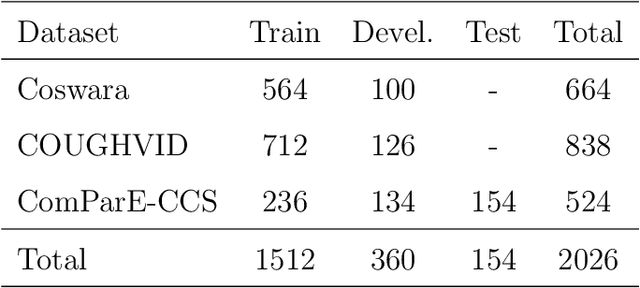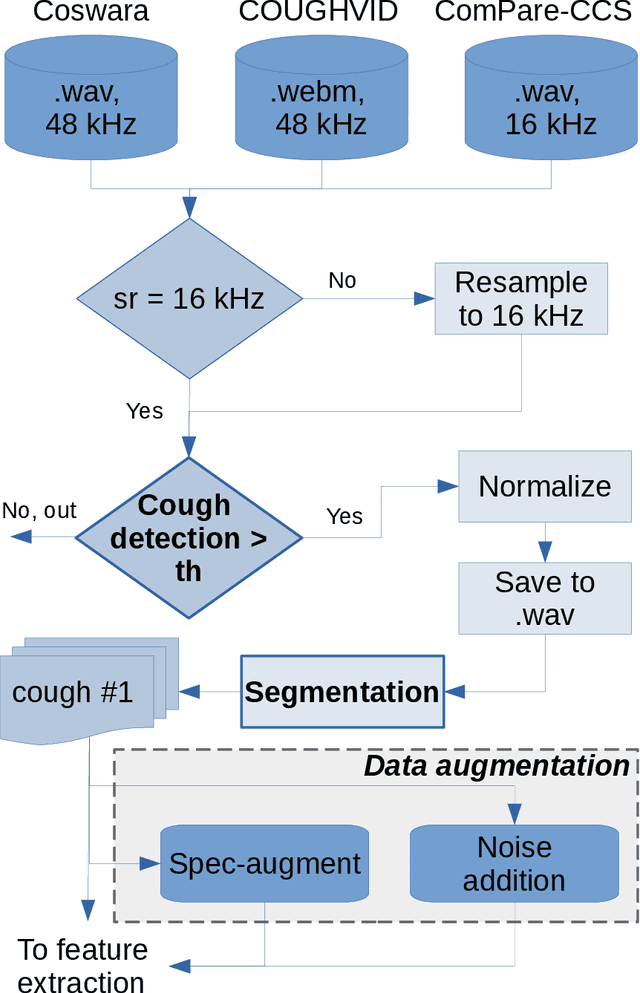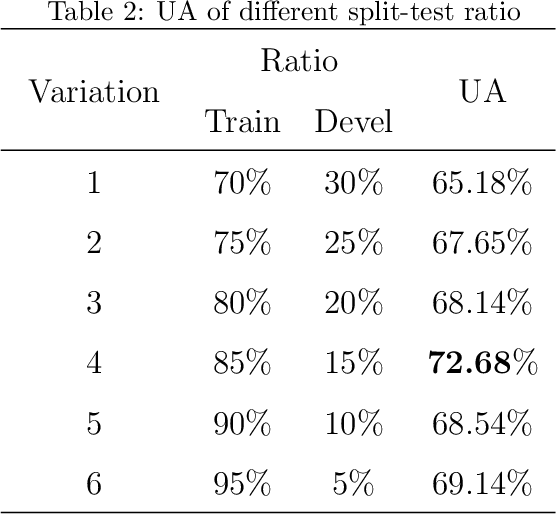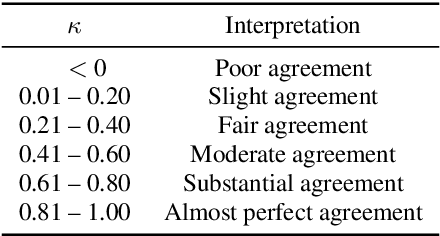Suyanto
Lab-scale Vibration Analysis Dataset and Baseline Methods for Machinery Fault Diagnosis with Machine Learning
Dec 27, 2022Abstract:The monitoring of machine conditions in a plant is crucial for production in manufacturing. A sudden failure of a machine can stop production and cause a loss of revenue. The vibration signal of a machine is a good indicator of its condition. This paper presents a dataset of vibration signals from a lab-scale machine. The dataset contains four different types of machine conditions: normal, unbalance, misalignment, and bearing fault. Three machine learning methods (SVM, KNN, and GNB) evaluated the dataset, and a perfect result was obtained by one of the methods on a 1-fold test. The performance of the algorithms is evaluated using weighted accuracy (WA) since the data is balanced. The results show that the best-performing algorithm is the SVM with a WA of 99.75\% on the 5-fold cross-validations. The dataset is provided in the form of CSV files in an open and free repository at https://zenodo.org/record/7006575.
Cross-dataset COVID-19 Transfer Learning with Cough Detection, Cough Segmentation, and Data Augmentation
Oct 12, 2022



Abstract:This paper addresses issues on cough-based COVID-19 detection. We propose a cross-dataset transfer learning approach to improve the performance of COVID-19 detection by incorporating cough detection, cough segmentation, and data augmentation. The first aimed at removing non-cough signals and cough signals with low probability. The second aimed at segregating several coughs in a waveform into individual coughs. The third aimed at increasing the number of samples for the deep learning model. These three processing blocks are important as our finding revealed a large margin of improvement relative to the baseline methods without these blocks. An ablation study is conducted to optimize hyperparameters and it was found that alpha mixup is an important factor among others in improving the model performance via this augmentation method. A summary of this study with previous studies on the same evaluation set was given to gain insights into different methods of cough-based COVID-19 detection.
Evaluation of Automatic Single Cough Segmentation
Oct 05, 2022



Abstract:Research on diagnosing diseases based on voice signals currently are rapidly increasing, including cough-related diseases. When training the cough sound signals into deep learning models, it is necessary to have a standard input by segmenting several cough signals into individual cough signals. Previous research has been developed to segment cough signals from non-cough signals. This research evaluates the segmentation methods of several cough signals from a single audio file into several single-cough signals. We evaluate three different methods employing manual segmentation as a baseline and automatic segmentation. The results by two automatic segmentation methods obtained precisions of 73% and 70% compared to 49% by manual segmentation. The agreements of listening tests to count the number of correct single-cough segmentations show fair and moderate correlations for automatic segmentation methods and are comparable with manual segmentation.
 Add to Chrome
Add to Chrome Add to Firefox
Add to Firefox Add to Edge
Add to Edge